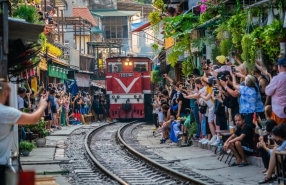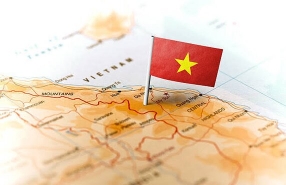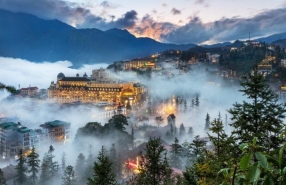Laos History Timeline: All Useful Information About Lao History

Table of Contents
1. Prehistory and early history
In the early history of Laos, the main ethnic group in modern Lao were part of the Tai-Kadai-speaking peoples. By the 8th century, these peoples had established the powerful Nam Chieu kingdom in southwestern China. From Nam Chieu, the Thai people gradually migrated southward into the Central Indian peninsula. This migration accelerated in the 13th century in the early history of Laos when the Mongol army of Emperor Kublai Khan invaded Southern China. Along with other Thai groups, the Lao people gradually settled in the region, displacing local indigenous tribes (often referred to as the Kha people, meaning "slaves") who had lived there since the 5th century under the Khmer empire's rule.
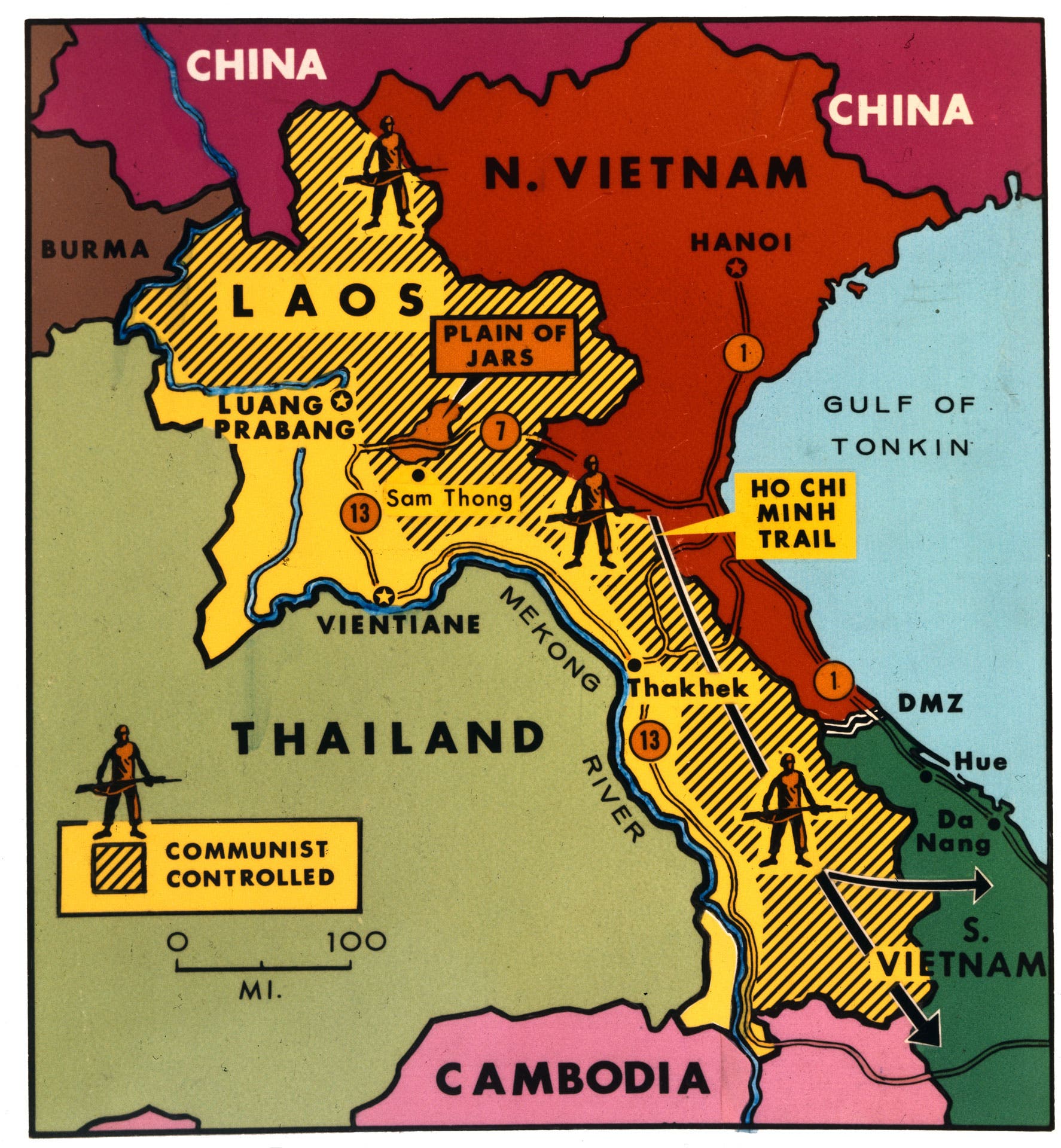
During the 12th and 13th centuries in the history of Laos, the Thais established the territory of Muong Swa (later known as Luang Prabang), which became dominated by the Thai people. After Fa Ngum founded the Lan Xang kingdom, his successors, especially King Photisarath in the 16th century, were instrumental in establishing Theravada Buddhism as the main religion in the country. This period is often considered the golden age of Lao history, with flourishing culture, religion, and trade.
In the 17th century, Lan Xang began to decline, and by the end of the 18th century, Siam (modern-day Thailand) had taken control of all of present-day Laos. The territory was divided into three interdependent kingdoms: Luang Prabang in the north, Vientiane in the centre, and Champasak in the south. In 1828, Vientiane attempted to rebel but was suppressed, leading to its annexation by Siam. After the French colonised Vietnam, they brought Laos into the French Indochina Federation through treaties with Siam in 1893 and 1904.
2. Lan Xang Kingdom in history of Laos

Continuing with Laos history timeline, after his Khmer wife died in 1368, Fa Ngum married the daughter of the Ayutthaya king, who influenced peace efforts, including welcoming a religious mission that brought the Phra Bang Buddha statue, which became the kingdom's guardian. Due to rising unrest, Fa Ngum withdrew to Muang Nan in 1373, and his son, Oun Heuan (later King Samsenethai), took over. The kingdom of Van Tuong, established by the Lao, Thai, and other hill tribes, persisted for around 300 years, defending itself from invasions by Dai Viet, Siam, and Myanmar, and maintained its independence until the late 17th century in laos country history through a complex network of vassal states. Fa Ngum's descendants ruled Luang Prabang for nearly 600 years.
3. The colonial period (1893-1954)
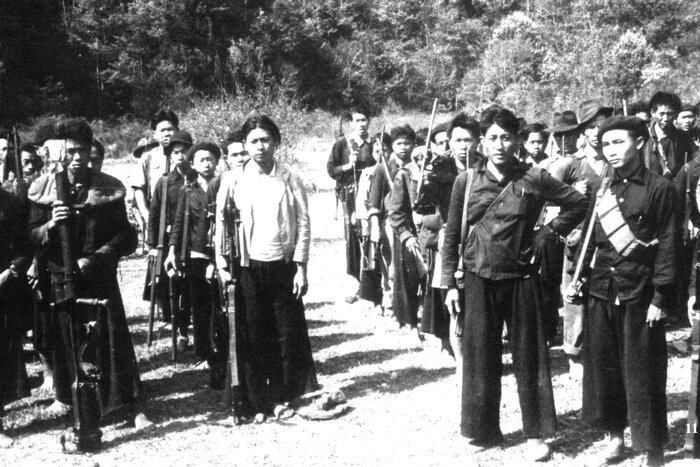
In the history of Laos, World War II was a significant period when the country was occupied by Japan, which briefly allowed the country to declare independence in 1945. However, this was short-lived, as the French reasserted control after the war. In the post-war period, nationalist movements in Laos began to gain strength, and in 1949, the country was granted limited autonomy within the French Union. Laos achieved full independence in 1953, although it remained within the French Union until 1954, when the Geneva Accords led to the complete withdrawal of French forces from Indochina.

The legacy of colonialism in Laos history left this country economically underdeveloped and socially fragmented, with significant challenges as it entered independence. However, the colonial experience also contributed to the formation of a national identity and set the stage for Laos's eventual unification as a sovereign state.
4. Cold war and the Laotian Civil War (1955-1975)
The Laotian Civil War was a key chapter in the Laos country history, marked by a struggle for control between the Royal Lao Government, supported by the United States and other Western allies, and the Pathet Lao, a communist group backed by North Vietnam, with indirect support from the Soviet Union and China. The war in Laos was closely linked to the broader conflict in Vietnam, as the country became a crucial part of the Ho Chi Minh trail, a network of supply routes used by the North Vietnamese to transport troops and supplies through Laos and Cambodia to South Vietnam.
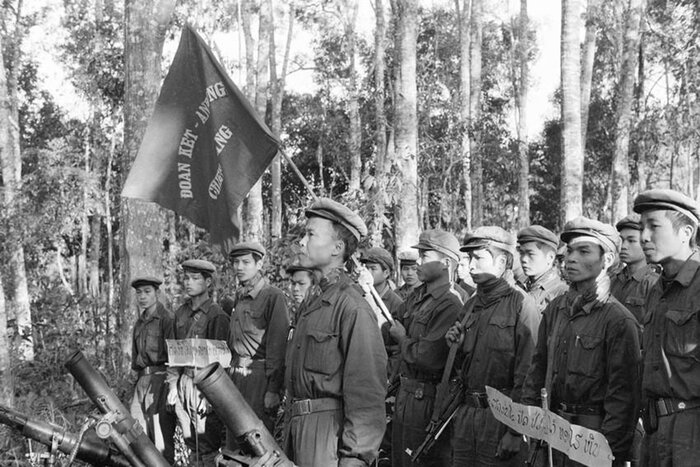
In the Laos history timeline, despite the country's official status as neutral under the 1954 Geneva Accords, it became a central point for covert military operations. The U.S. Central Intelligence Agency (CIA) played a significant role in supporting anti-communist forces in Laos, particularly the Hmong ethnic group, who were led by General Vang Pao. The CIA's Secret War in Laos involved extensive bombing campaigns, which made Laos one of the most heavily bombed countries in history per capita. These bombings targeted Pathet Lao positions and the Ho Chi Minh Trail, but they also caused widespread devastation among civilian populations.
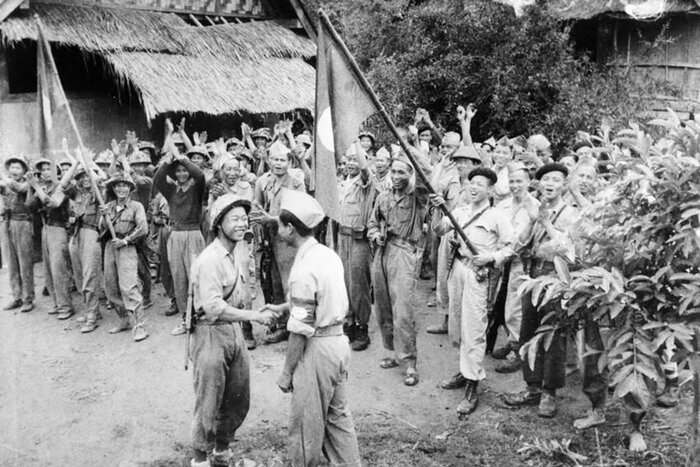
The war also saw significant involvement from neighbouring countries. North Vietnamese (now Vietnam People's Army) troops were stationed in Laos, directly supporting the Pathet Lao, while Thailand and South Vietnam provided assistance to the Royal Lao Government. The conflict drew in various international actors, each aiming to influence the outcome in line with their Cold War interests.
The Laotian Civil War ended in 1975 in the history of Laos , following the fall of Saigon and the defeat of the U.S.-backed forces in Vietnam. The Pathet Lao, with the support of the North Vietnamese, took control of the country, leading to the establishment of the Lao People's Democratic Republic. This marked the beginning of a communist government in Laos that remains in power today.
5. The Lao People's Democratic Republic (1975-Present)
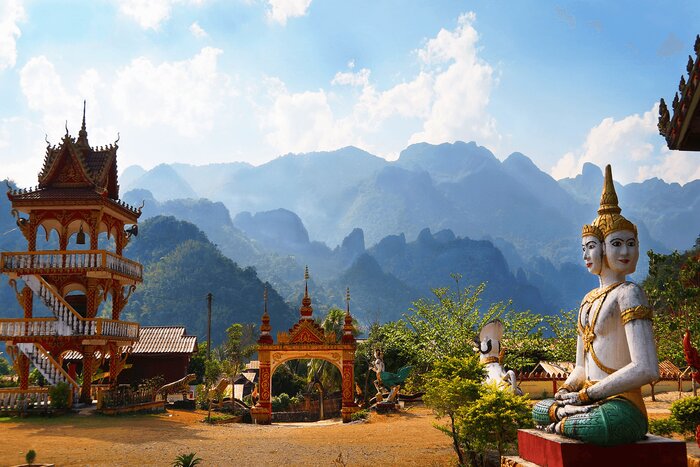
In conclusion, Laos history is a testament to the resilience and adaptability of its people. From its ancient beginnings through periods of colonisation, conflict, and eventual independence, the history of Laos has been marked by significant transformations that have shaped its current identity. Despite the challenges it has faced, Laos has preserved its cultural heritage while evolving politically and economically. Today, as the country continues to progress, the rich history of Laos remains a vital part of its national identity and an enduring source of pride for its people.
>>> North Laos itinerary
>>> Laos Day Trips
>>> Laos itinerary 3 weeks
>>> Laos Tour Package
During the Vietnam War, Laos became a focal point for U.S. bombing campaigns aimed at disrupting the Ho Chi Minh Trail, a supply route used by North Vietnamese forces. These bombings were part of a covert war conducted by the CIA (U.S. Central Intelligence Agency). Per capita, Laos is considered the most heavily bombed country in history, with millions of unexploded ordnances still affecting the country today.
The Ho Chi Minh Trail was a network of supply routes used by North Vietnamese forces during the Vietnam War, running through Laos and Cambodia, playing an important role in Laos history. It was crucial for transporting troops, weapons, and supplies to support the war effort in South Vietnam. The trail’s significance led to extensive U.S. bombing campaigns in Laos, deeply impacting the country’s landscape and population.
Related travel guide
Other similar articles
CUSTOMIZABLE BY LOCAL EXPERTS
Personalized trip at the original price!
REFUND GUARANTEE
We believe in our work and promise to give you money back.
GOOD PRICE / QUALITY
95% satisfied more than expected!
24/7 LOCAL SUPPORT
We are always available online to provide assistance at any time.
Most read articles
Autour Asia is highly recommended on
Embracing the mission of "Satisfied more than expected" and providing authentic experiences, we have received numerous recommendations on reputable travel forums:














